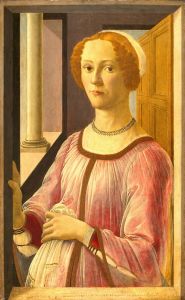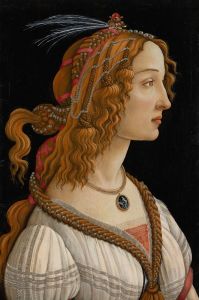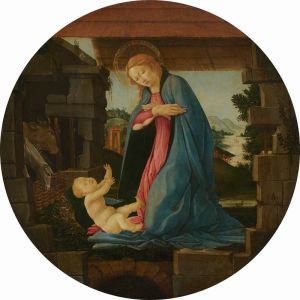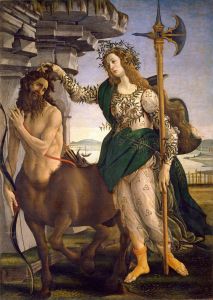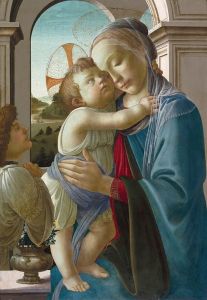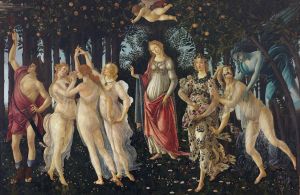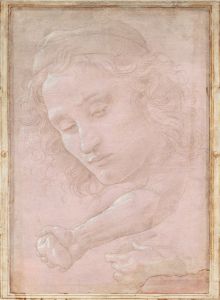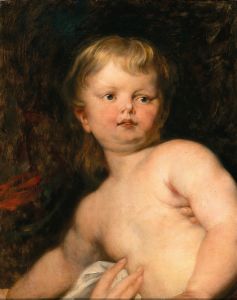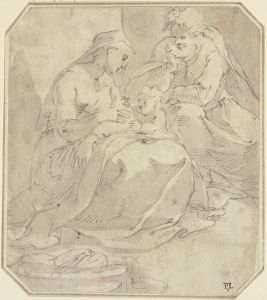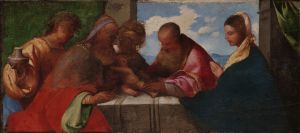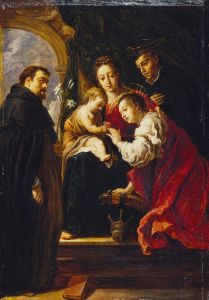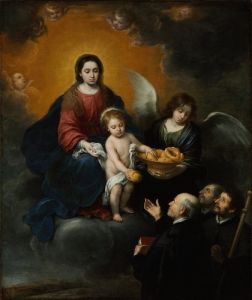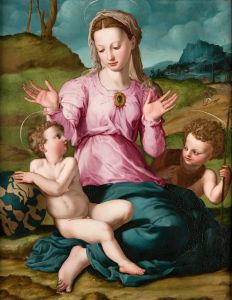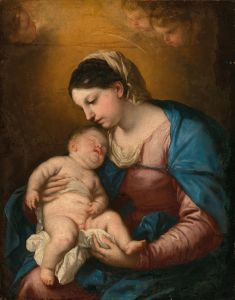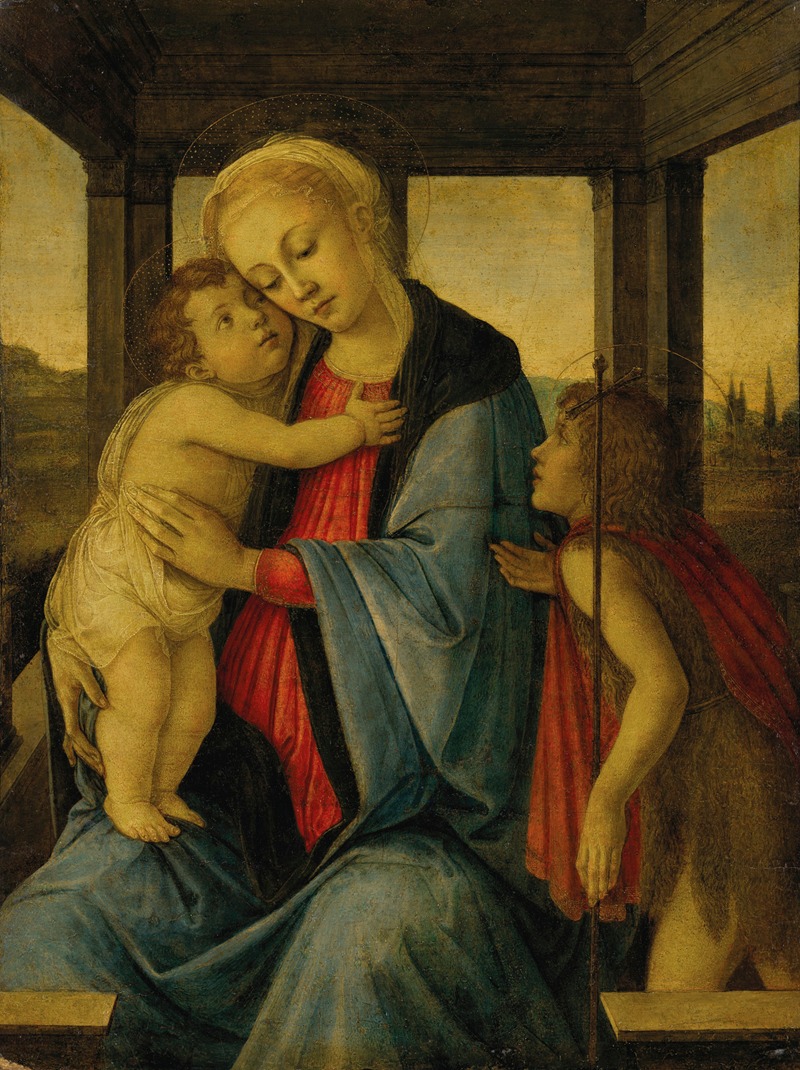
The Madonna and Child with the infant Saint John the Baptist
A hand-painted replica of Sandro Botticelli’s masterpiece The Madonna and Child with the infant Saint John the Baptist, meticulously crafted by professional artists to capture the true essence of the original. Each piece is created with museum-quality canvas and rare mineral pigments, carefully painted by experienced artists with delicate brushstrokes and rich, layered colors to perfectly recreate the texture of the original artwork. Unlike machine-printed reproductions, this hand-painted version brings the painting to life, infused with the artist’s emotions and skill in every stroke. Whether for personal collection or home decoration, it instantly elevates the artistic atmosphere of any space.
Sandro Botticelli, one of the most prominent painters of the Italian Renaissance, created numerous works that have been celebrated for their beauty, composition, and spiritual depth. Among these is "The Madonna and Child with the Infant Saint John the Baptist," a painting that reflects Botticelli's mastery of religious themes and his characteristic style.
This artwork depicts the Virgin Mary holding the Christ Child, with the infant Saint John the Baptist positioned nearby. Saint John the Baptist, the patron saint of Florence, was a frequent subject in Florentine art, symbolizing the city's religious devotion. The composition of the painting emphasizes the tender relationship between the figures, a hallmark of Botticelli's depictions of the Madonna and Child. The figures are arranged in a harmonious triangular composition, a common feature in Renaissance art that conveys balance and stability.
Botticelli's use of delicate lines and soft contours is evident in this work, as is his attention to detail in the rendering of the figures' expressions and gestures. The Virgin Mary is often portrayed with a serene and contemplative expression, while the Christ Child and Saint John the Baptist exhibit a sense of innocence and playfulness. The interaction between the figures conveys a sense of intimacy and spiritual connection.
The painting is believed to have been created during the late 15th century, a period when Botticelli was at the height of his artistic career. During this time, he produced several works featuring the Madonna and Child, often accompanied by other figures such as angels or saints. These paintings were typically commissioned for private devotion or as altarpieces for churches and chapels.
While the exact provenance of "The Madonna and Child with the Infant Saint John the Baptist" is not always clear, many of Botticelli's works were created for prominent patrons in Florence, including members of the Medici family. His art reflects the cultural and religious values of the time, blending humanist ideals with Christian themes.
The painting showcases Botticelli's skill in creating a sense of depth and space, despite the relatively shallow background. The figures are often set against a simple, serene backdrop, allowing the viewer to focus on their expressions and interactions. Botticelli's use of color, particularly his preference for soft, muted tones, adds to the overall sense of harmony and grace in the composition.
Today, Botticelli's works, including "The Madonna and Child with the Infant Saint John the Baptist," are celebrated for their artistic and historical significance. They offer insight into the religious and cultural context of Renaissance Florence and continue to inspire admiration for their beauty and craftsmanship.





